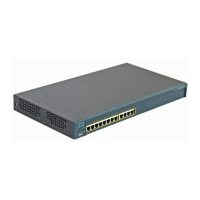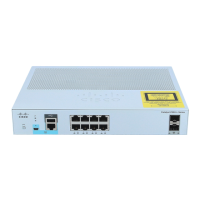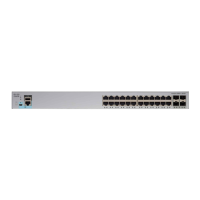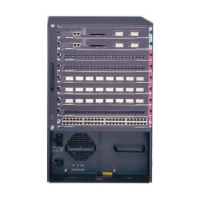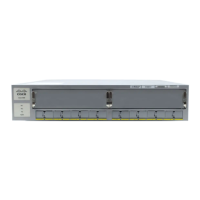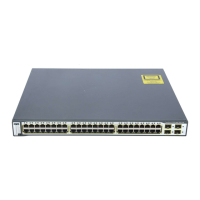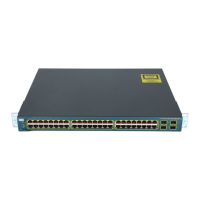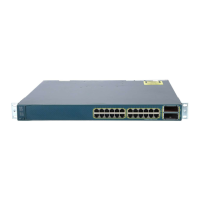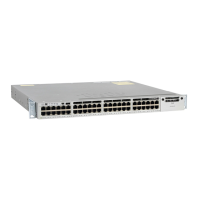Chapter 6 Configuring the System
Changing IP Information
6-4
Catalyst 2900 Series XL and Catalyst 3500 Series XL Software Configuration Guide
78-6511-05
Using DHCP-Based Autoconfiguration
The Dynamic Host Configuration Protocol (DHCP) provides configuration
information to Internet hosts and internetworking devices. With DHCP-based
autoconfiguration, your switch (DHCP client) can be automatically configured
during bootup with IP address information and a configuration file that it receives
during DHCP-based autoconfiguration.
Note DHCP replaces the Bootstrap Protocol (BOOTP) feature autoconfiguration to
ensure retrieval of configuration files by unicast TFTP messages. BOOTP is
available in earlier software releases for this switch.
Understanding DHCP-Based Autoconfiguration
The DHCP provides configuration information to internet hosts and
internetworking devices. This protocol consists of two components: one for
delivering configuration parameters from a DHCP server to a device and one for
allocating network addresses to devices. DHCP is built on a client-server model,
where designated DHCP servers allocate network addresses and deliver
configuration parameters to dynamically configured devices.
With DHCP-based autoconfiguration, your switch (DHCP client) can be
automatically configured at startup with IP address information and a
configuration file that it receives during DHCP-based autoconfiguration. No
DHCP client-side configuration is required on your switch.
However, you need to configure the DHCP server for various lease options. You
might also need to configure a TFTP server, a Domain Name System (DNS)
server, and possibly a relay device if the servers are on a different LAN than your
switch. A relay device forwards broadcast traffic between two directly connected
LANs. A router does not forward broadcast packets, but it forwards packets based
on the destination IP address in the received packet. DHCP-based
autoconfiguration replaces the BOOTP client functionality on your switch.
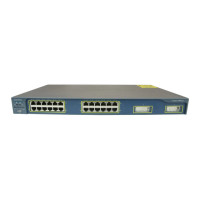
